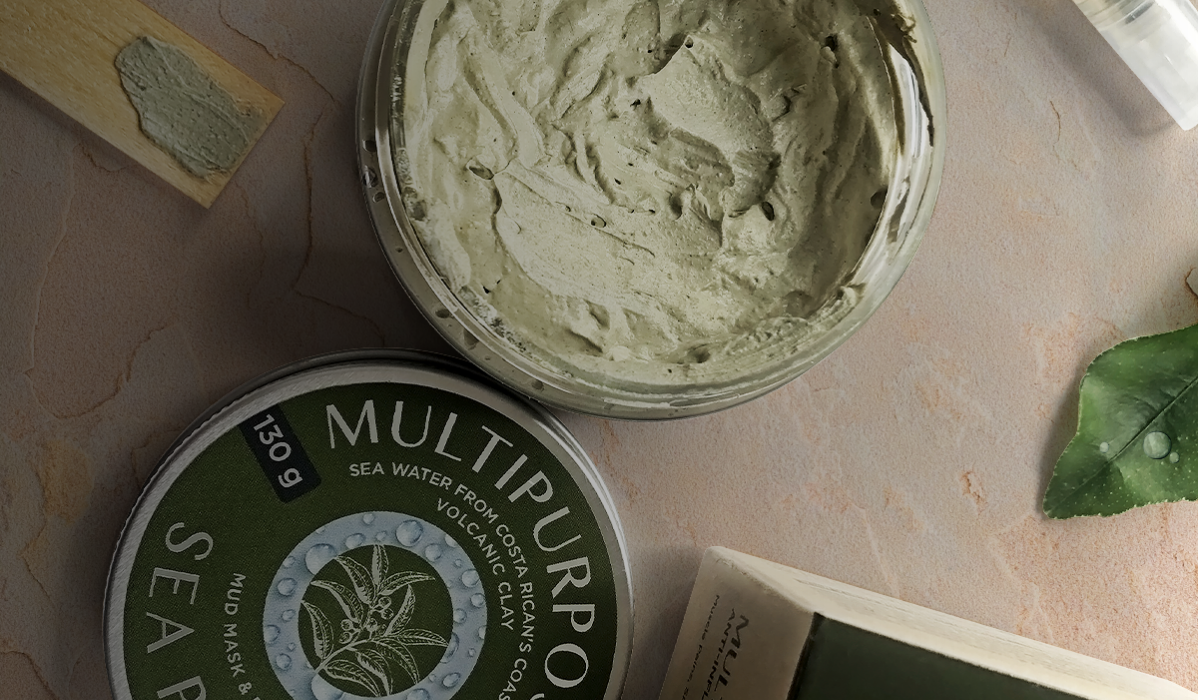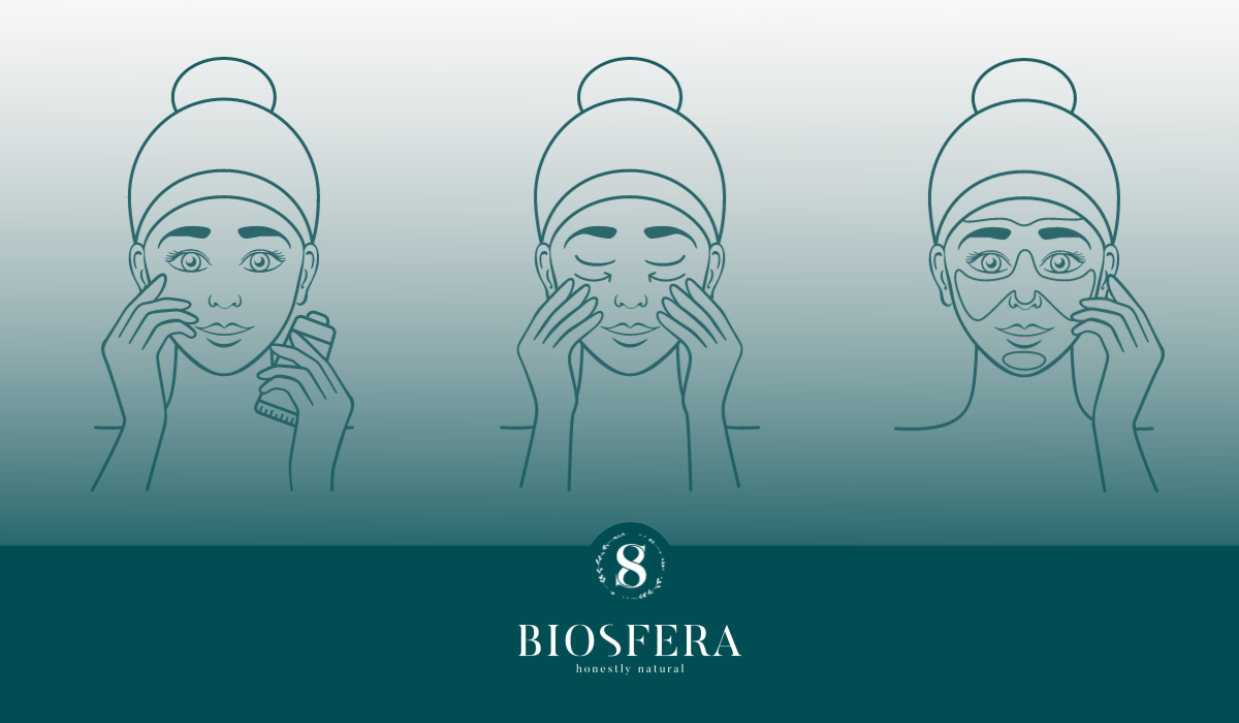Article: Peloids and Pelotherapy: History, Benefits and Use in Beauty and SPA Treatments

Peloids and Pelotherapy: History, Benefits and Use in Beauty and SPA Treatments
What are peloids?
Evidence shows that peloids have been used by people for centuries. Mud baths, coming from sources, such as lakes, volcanoes, and hot springs have existed for thousands of years. However, their use for cosmetic, medical, and healing purposes as an external treatment started more recently, in the 20th century. In essence, peloids, also known as therapeutic muds, are naturally sourced matured muds or muddy suspensions that consist of clay and other minerals, various microorganisms, water, gases, and different chemical composites.
Peloids form naturally through geochemical, biological, and geological processes in nature. They are classified, depending on their properties and origin. Groups include mineral peloids, alluvial and marine peloids, terrestrial, petroleum derivatives, and others. The most popular peloids used in beauty and spa treatments today are various types of medicinal clays and peat pulps. Peloids can be used in beauty and spa therapies in their pure state or after certain modifications. Usually, peloids need to mature for up to 2 years to be ready for application on the body. There is clinical evidence that peloids have beauty and health benefits, thanks to their mechanical, thermal, and chemical effects.
History
There are testaments of the use of minero-medicinal waters from springs for therapeutic purposes in cultures as ancient as Assyrian-Babylonian or Egyptian. However, the custom became widespread in Europe during Greek and Roman times. Today known as spa, such places were called ‘balnea’ and ‘thermae’. They were built where springs appeared, as it was believed that water lost its therapeutic effects upon moving.
Peloid procedures
There are various peloid procedures, available in beauty and spa salons. The most popular feature peloid wraps and peloid baths. Peloid treatment or pelotherapy uses mud as therapeutic bathing, also known as balneotherapy. Balneotherapy uses natural thermal mineral waters and it usually involves applying purified therapeutic clay to the body as a thermal therapy. Mud therapy indicates the topical application of mud packs over the skin, while spa therapy includes multiple treatments that can be balneological (balneotherapy, mud therapy) and non-balneological (massage, exercise).
Pelotherapy has an anti-inflammatory, anti-microbial, and antioxidant effect on the skin. The hot clay shows improvement in various conditions, reduces inflammation, relaxes muscles, calms swellings.
Pelotherapy is mostly used to treat:
-
Respiratory tract disorders, such as asthma and bronchitis
-
Gynecological concerns
-
Rheumatism
-
Inflammation
-
Swelling around joints
-
Digestive disorders
-
Neuralgia
-
Sciatica
-
Various skin issues, such as psoriasis and atopic dermatitis
-
Osteoarthritis
In cosmetics, peloids are often used in facial masks. The skin treatment delivers gentle exfoliation and reduces oil production while softening the skin and providing hydration.
Sulfur-rich peloids are known for their dermatologic effects. The sulfur penetrates the skin and acts antibacterial and antifungal. It helps absorb excess oil and unclog pores, two of the factors that may contribute to acne breakouts.
Therapeutic mud procedures also called fangotherapy, calm inflammation and increase metabolism. It is mostly used to alleviate rheumatic diseases, such as arthrosis, arthritis, and fibromyalgia, and skin issues like acne, seborrhea, and psoriasis.
Thalassotherapy uses mud, algae, sand, and seawater to soothe and cleanse the body, and to improve blood circulation. Thalassotherapy also provides lymphatic drainage to reduce toxins in the body and help fight infection.
Spa therapy comprises a broad spectrum of therapeutic application methods of water and peloids, such as hydrotherapy, balneotherapy, physiotherapy, and pelotherapy. Spa therapy has also been studied for its possible lipid-lowering effects. Strauss-Blasche reports that a 3-week spa therapy, consisting of mud packs, massage, and exercises, associates with a mild decrease of total cholesterol.
Benefits of peloid therapy
Peloid therapy is an effective treatment in the management of various disorders and concerns. Some of the positive effects feature:
-
Boosting the immune system
-
Relaxing and strengthening the body and mind
-
Toning the muscles
-
Cleansing and softening the skin
-
Easing aches and pain
-
Improving sleep quality
-
Relieving stress and fatigue
-
Enhancing general well-being
Sustainability and conservation
Peloid resources are limited but renewable and the process of their natural production is quite quick. We should use these natural resources wisely and protect them from pollution in order to allow their accumulation to continue. Sustainable peloid exploitation is possible by following conservation practices, and regulated and controlled use of peloid resources. It is crucial to find a balance between utilization and conservation of therapeutic mud.
"We must use these natural resources wisely and protect them
from contamination to allow their accumulation to continue"




Leave a comment
This site is protected by hCaptcha and the hCaptcha Privacy Policy and Terms of Service apply.